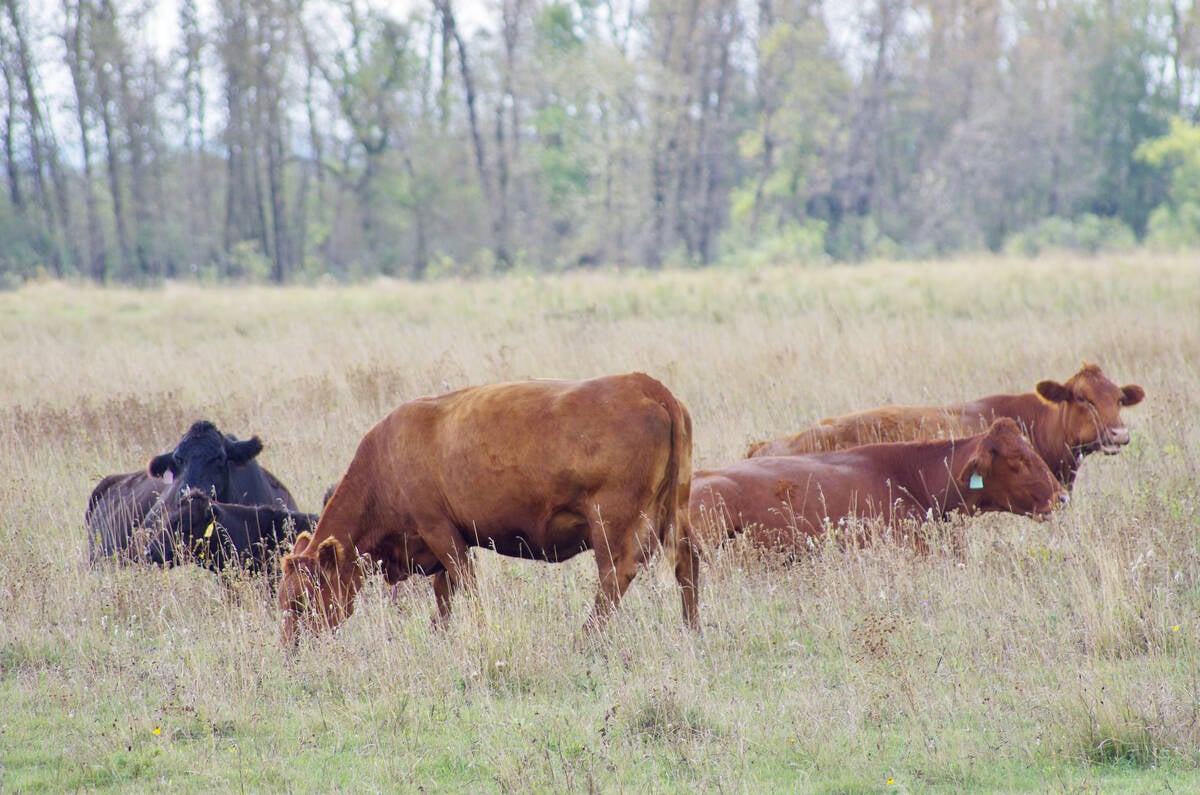Chicago | Reuters—U.S. corn futures climbed on Friday to the highest in five months on a continuous chart, supported by technical buying and strong U.S. export sales.
Soybeans traded higher for much of the session, supported by higher corn and rising vegetable oil prices, but ended mixed as ample global supplies anchored the market.
Wheat futures were mixed.
Row crop futures have largely held within narrow trading ranges since mid-November as traders assessed crop weather in South America, Russia and other key production zones and gauged possible shifts to global trade following the U.S. presidential election.
Read Also

U.S. livestock: Chicago cattle futures climb on post-Thanksgiving trade
Chicago | Reuters – Chicago Mercantile Exchange’s live and feeder cattle futures ticked up on Friday in a day of…
“Corn is trying to lead the way higher. We had an outside reversal higher day yesterday, which is the most positive thing we’ve seen on the chart in some time,” said Ted Seifried, vice president of Zaner Group.
The bullish technical move featured actively traded March corn CH25 bouncing off of its 100-day moving average on Thursday and breaking through its 50-day average to close above the prior session’s high. Follow-through buying on Friday took the contract to its highest since Nov. 21.
March corn ended 5 cents higher at $4.40 per bushel, up 1.6 per cent in the week and the highest for a most-active contract Cv1 since June 28.
Larger-than-expected export sales in a weekly U.S. Department of Agriculture report on Thursday helped to further support corn, Seifried said.
January soybeans SF25 ended at $9.93-3/4 a bushel, unchanged on the day but down 0.4 per cent from a week ago. CBOT March wheat WH25 was down penny at $5.57-1/4 a bushel, up 1.7 per cent in the week.
Wheat markets have been grappling this week with a poor start to the growing season in Russia.
Deputy Prime Minister Dmitry Patrushev said on Thursday that Russian winter crops are in poor condition and will need to be partially replaced by spring crops.
—Additional reporting by Gus Trompiz in Paris and Bernadette Christina in Jakarta













